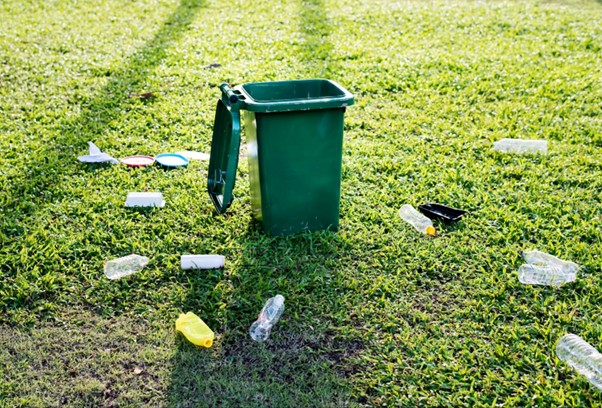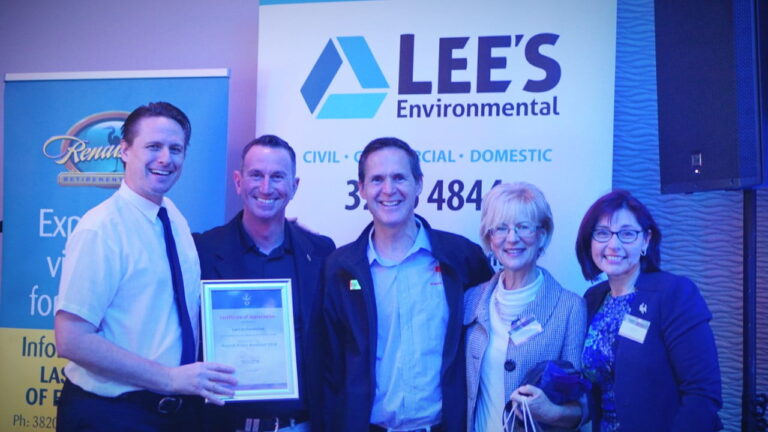Waste management is all about how we take care of the stuff we throw away. Because rubbish comes in so many shapes, and a nice system lets us handle each type the right way. Kind of like running a project, the whole task is bigger than any single piece.
A good waste-management plan really matters. Let rubbish pile up and it won’t vanish on its own; it spills over onto streets, drifts into rivers, and starts to smell for people and wildlife alike. That’s when the problem turns serious.
This is especially true for business waste management where hazardous waste materials are common. While most would agree that this can cause untold damage, it’s still surprising how many fail to follow the expert advice found with waste management solutions.
This blog steps through the basics of waste management so anyone, even without a big science background, can follow along. Although most examples come from Australia, the ideas will sound familiar no matter where you live.
Waste Management Defined
At its heart, waste management is just a planned way to deal with anything we no longer want or need. A solid system sorts, collects, cleans, tosses, reuses, or recycles the waste, trying to keep danger away from homes and the planet.
People usually sum up the main actions with five easy words: sorting, disposing, reducing, recycling, reusing. The aim is the same: keep harmful things out of streets, soil, and sea before they have a chance to do damage.
Waste services comes in many forms like spill response and recycling services.
Australian waste management companies like Lee’s Environmental follow strict environmental standards when they manage waste and are capable of dealing with these various forms.
Sorting Waste for Operational Efficiency
When we throw everything into one bin, recycling becomes almost impossible. By sorting paper, glass, metals, and dangerous items like batteries or chemicals, we make life easier for recycling plants and keep our neighbours safe.
Good sorting speeds up recycling, cuts pollution, and helps cities manage rubbish without huge costs. Recycling practices also extend to other good waste management solutions like waste reduction and waste avoidance.
Disposing of General Waste
Every option—from curbside recycling to garden compost and even high-heat incinerators—has its own rules and risks.
Experts tune each system to reclaim resources, protect health, and leave nature healthier than they found it.
Reducing Business Waste
Australia speaks louder than words when it comes to keeping homes and oceans clean.
Laws, grants, and community campaigns all push people to recycle containers, feed scraps to worms, and never dump chemicals in drains. These simple habits help shrink landfills and trim greenhouse gases, crafting a greener future for every resident.
Recycling Waste
In Australia, turning rubbish into reusable resources has become both a daily routine and a point of national pride.
Over recent years, state and local councils have rolled out schemes, rules, and clever bin-colouring systems aimed at boosting recycling, composting, and safe disposal of all kinds of goods.
The main goal of these plans is simple: shrink overflowing landfills, cut harmful gas emissions, and leave a cleaner, healthier planet for every Australian.
Reusing Waste
Reuse goes one step further than recycling. It keeps a discarded item largely intact and finds a completely new purpose for it, so the product never gets broken down into raw materials.
That level of imagination is why many households and companies call in trained waste firms to turn old pallets into planting boxes, for example.
Though councils advertise drop-off points and swap markets, numerous small businesses still miss these services, running waste just to the curb instead.
Logging bins, desks, or factory floors piles up time and cost, and smart waste handling is as vital to the warehouse flow as shipping schedules.
A tidy starting line is a waste audit. Want clear answers on what stays, goes, and earns back money? Book a quick review and watch your bin budget shrink.
Why Is Waste Management Important?
Waste management matters because rubbish never disappears on its own. If no system picks it up, unopened takeaway containers and broken toys just keep stacking up in parks, streets, and hidden corners of our gardens.
Well-run recycling stations, weekly curbside pickup, special bins for hospital sharps, and zero-waste businesses all help keep the mess under control.
Without these services, rubbish looks bad and then gets worse. Rotted scraps release methane, burnt plastics emit toxic fumes, and chemicals seep into soil and water.
Waste management protects the places we enjoy and prevents future headlines about a world buried in junk.
Different Types of Waste
Waste gathers in piles that are not all the same colour or smell, so sorting it is the first step for any waste plan. Here are some major categories people encounter every day.
Organic Waste.
Any peels, grass clippings, or paper cups that could break down naturally belong here, but even organics can be dangerous if mixed with chemicals, pet waste, or spoiled medical items.
Food Waste.
Leftover pizza, overripe bananas, and day-old muffins from cafés accumulate by the truckload, leaving behind CO2 instead of compost when disposed of in regular bins.
Medical Waste.
Syringes, soiled gowns, and stained test tubes from hospitals, labs, clinics, and pharmacies need careful handling to prevent needles from pricking people and fluids from contaminating the ground.
Household Waste
Household waste encompasses nearly everything a family throws out, from old food and broken toys to empty bottles. It comes in two main forms: liquid kitchen scraps and dry, solid rubbish.
The Waste Management Hierarchy
When waste management teams plan, they follow a step-by-step guide, and the “waste management hierarchy” sits at the top of that guide. This rule of thumb helps them determine the best and greenest way to manage rubbish.
Why the Waste Hierarchy Matters
By laying out clear ranked steps, the hierarchy illustrates the best ways to handle waste while keeping the planet in mind. First on the list is stopping waste at the source to ensure less junk is ever created.
Anticipatory waste management focuses on adjusting how things are made and how people buy and use them.
By shrinking production and use of raw materials, manufacturers can produce goods with less scrap, while shoppers who sort, reuse, and dispose of less help keep waste-hauling costs down and spare landfills.
After stopping waste at the source, recovery steps like recycling, composting, and reusing old parts become the next priority in the waste management ladder. In almost every case, reclaiming materials is smarter than letting them decompose in soil.
Recycling reduces the need for raw timber, metals, and oils, decreasing the number of trucks transporting fresh resources and relieving crowded landfill loads. Organic leftovers and garden scraps can also become compost, returning nutrients to gardens and farms and completing that small nature loop.
When waste has already been processed through other steps or is too mixed to sort cleanly, planned incineration or well-managed landfilling comes into play. Industry experts still agree that these methods sit at the bottom of the waste chain, only to be used when better options are exhausted.
By following this sort order, companies, cities, and households together reduce pollution, save money, and leave Earth in better shape for future generations.
Waste Management Initiatives
In order to provide sufficient and efficient trash management, waste management businesses throughout Australia are constantly improving their waste management systems.
Improved attempts to reduce greenhouse gas emissions from inadequate waste systems and climate change have been a major aspect of this.
When selecting a trash management business, consider their dedication to ethical and ecologically responsible procedures, as well as how effectively they comply with national and international waste management rules and regulations.









